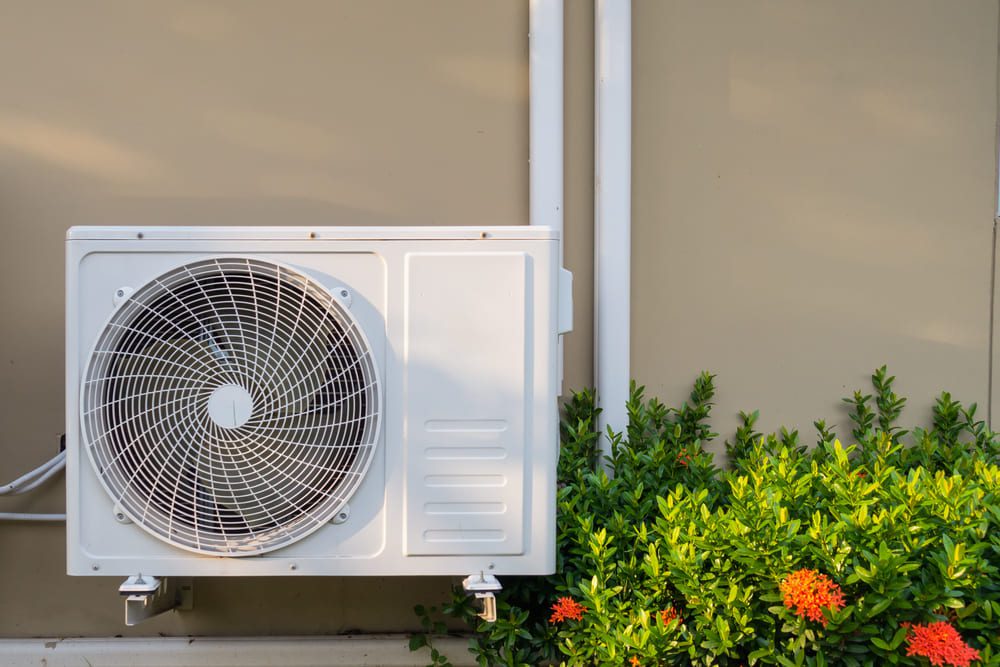Introduction: Welcome to Day 1 of our comprehensive guide to air conditioning! As the temperatures rise, having a functional and efficient air conditioning system becomes essential for maintaining comfort and indoor air quality. Over the course of this series, we will delve into the world of air conditioning, covering everything from how AC systems work to maintenance tips and energy-saving strategies.
Chapter 1: The Basics of Air Conditioning Systems
1.1 Understanding Air Conditioning: Air conditioning is the process of altering the temperature, humidity, and quality of indoor air to create a more comfortable and suitable living environment. It's achieved through the circulation of refrigerants that absorb heat from indoor spaces and release it outside.
1.2 Types of Air Conditioning Systems: There are several types of air conditioning systems, including:
- Central Air Conditioning: Commonly used for whole-house cooling, central AC systems use ducts to distribute cool air throughout a building.
- Window Air Conditioners: These are self-contained units installed in windows or wall openings. They're suitable for cooling individual rooms.
- Split AC Systems: Consisting of an indoor evaporator unit and an outdoor condenser unit, split systems are versatile and energy-efficient.
- Ductless Mini-Split AC: Similar to split systems, these are ideal for spaces without ductwork and allow for zoned cooling.
Chapter 2: How Air Conditioning Works
2.1 The Refrigeration Cycle: At the heart of air conditioning lies the refrigeration cycle. This cycle involves four main components: the compressor, condenser, expansion valve, and evaporator. Refrigerant flows through these components, changing from a low-pressure gas to a high-pressure liquid and back again. This cycle results in the transfer of heat from indoors to outdoors, cooling the indoor air.
2.2 Importance of Refrigerants: Refrigerants play a crucial role in air conditioning systems. While older refrigerants like CFCs and HCFCs were harmful to the environment, modern systems use environmentally friendly refrigerants such as HFCs or HFOs. These substances are designed to have minimal impact on the ozone layer and contribute to global warming.
Chapter 3: Benefits of Air Conditioning
3.1 Comfort and Health: Air conditioning not only provides comfort during hot weather but also helps regulate indoor humidity levels. Proper humidity control can prevent mold growth, improve indoor air quality, and reduce the risk of heat-related health issues.
3.2 Productivity and Sleep Quality: Maintaining a comfortable indoor temperature can enhance productivity in workplaces and contribute to better sleep quality at home. Extreme heat can lead to irritability, reduced concentration, and disrupted sleep patterns.
Chapter 4: Maintaining Your Air Conditioning System
4.1 Regular Inspections: Scheduled inspections by HVAC professionals are essential to keep your system running efficiently. They will clean components, check refrigerant levels, and identify any potential issues.
4.2 Air Filter Replacement: Clean air filters are crucial for maintaining good indoor air quality and efficient system operation. Filters should be checked and replaced regularly, usually every 1-3 months.
4.3 Cleaning the Condenser Unit: The outdoor condenser unit should be kept free of debris, such as leaves and dirt, which can obstruct airflow and reduce system efficiency.
Conclusion: Understanding the basics of air conditioning is the first step towards ensuring a comfortable and healthy living environment. In our next installment, we'll dive deeper into the different types of air conditioning systems and explore their pros and cons. Stay tuned for Day 2 of our Ultimate Guide to Air Conditioning!

